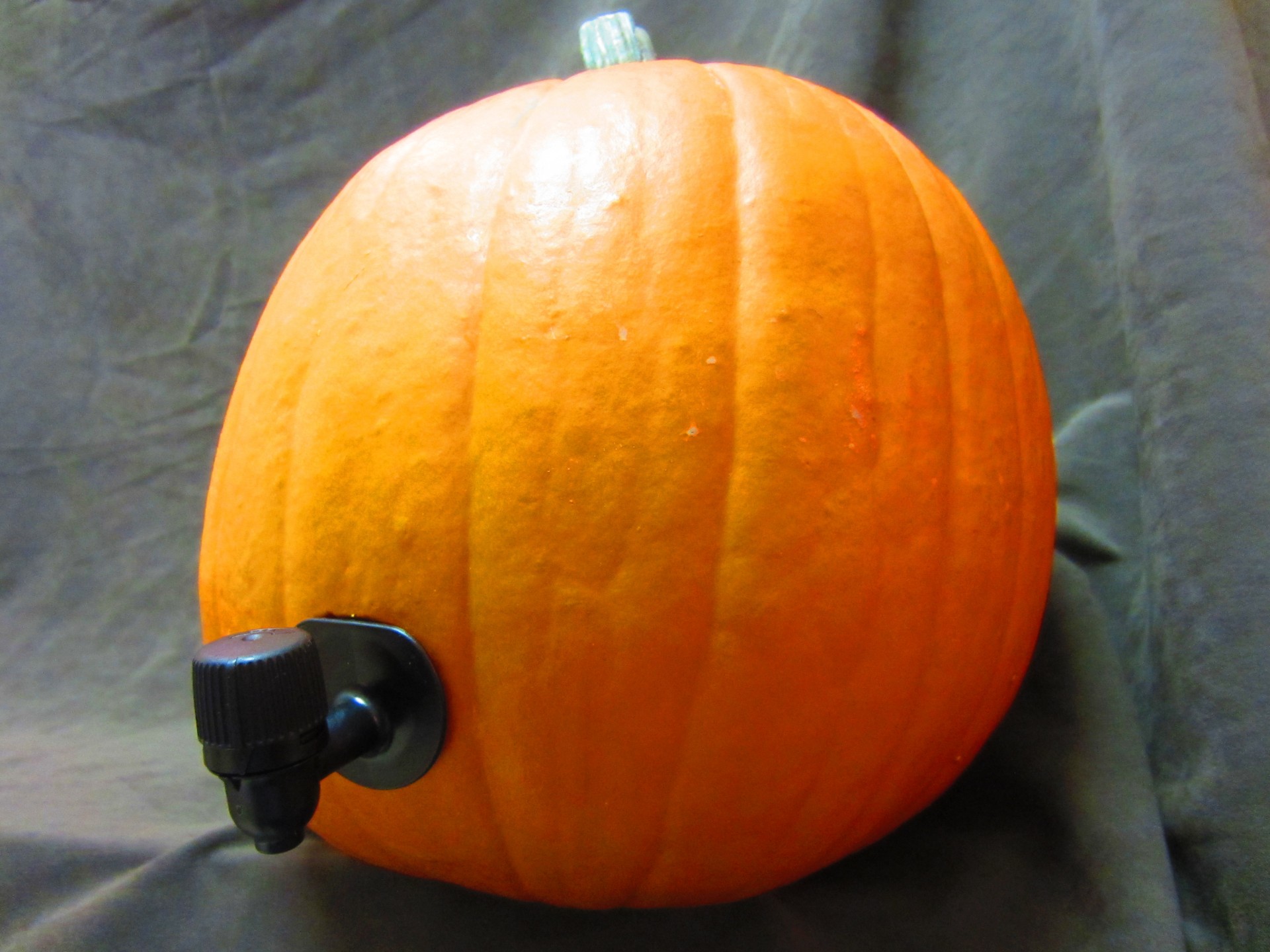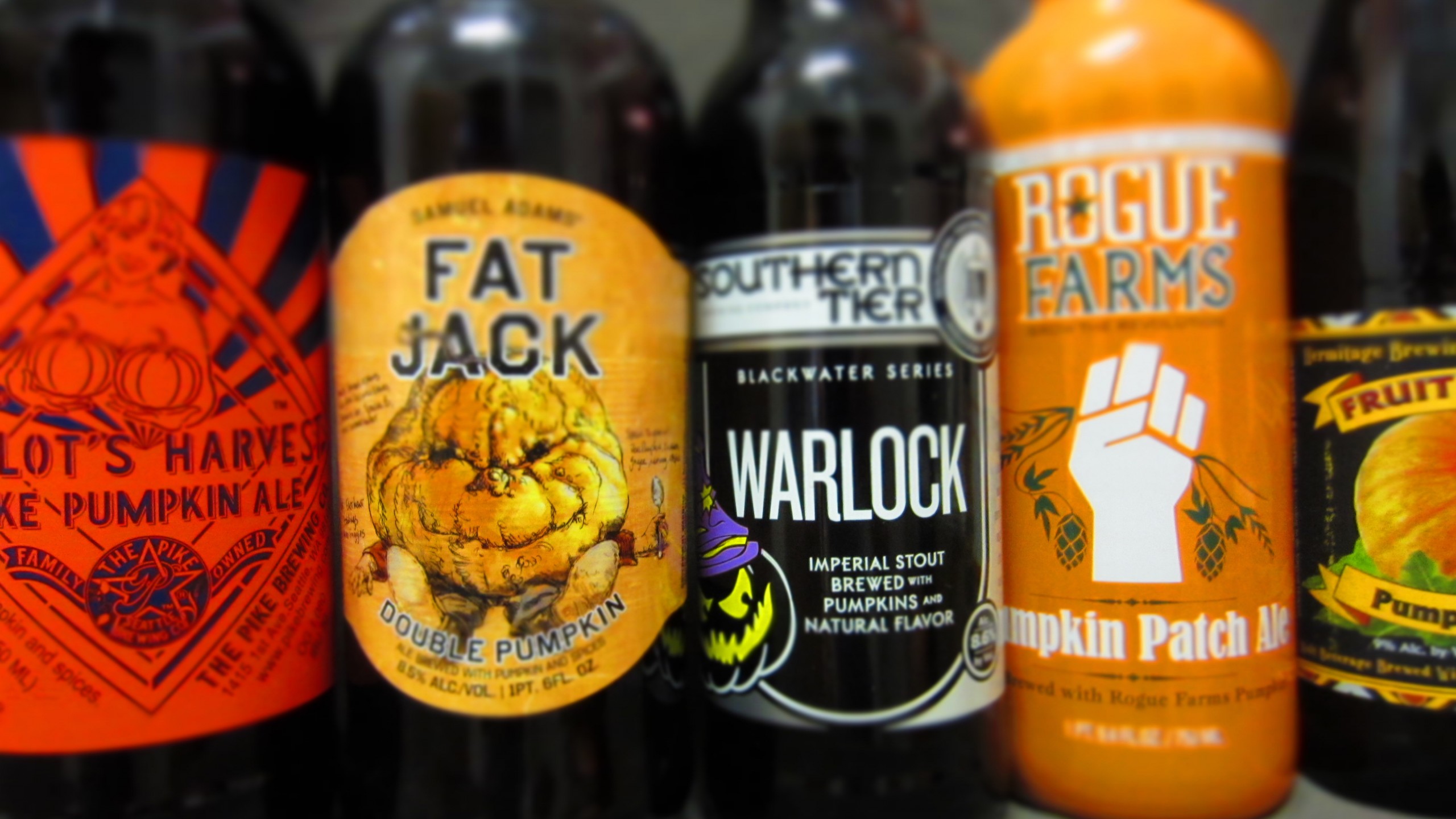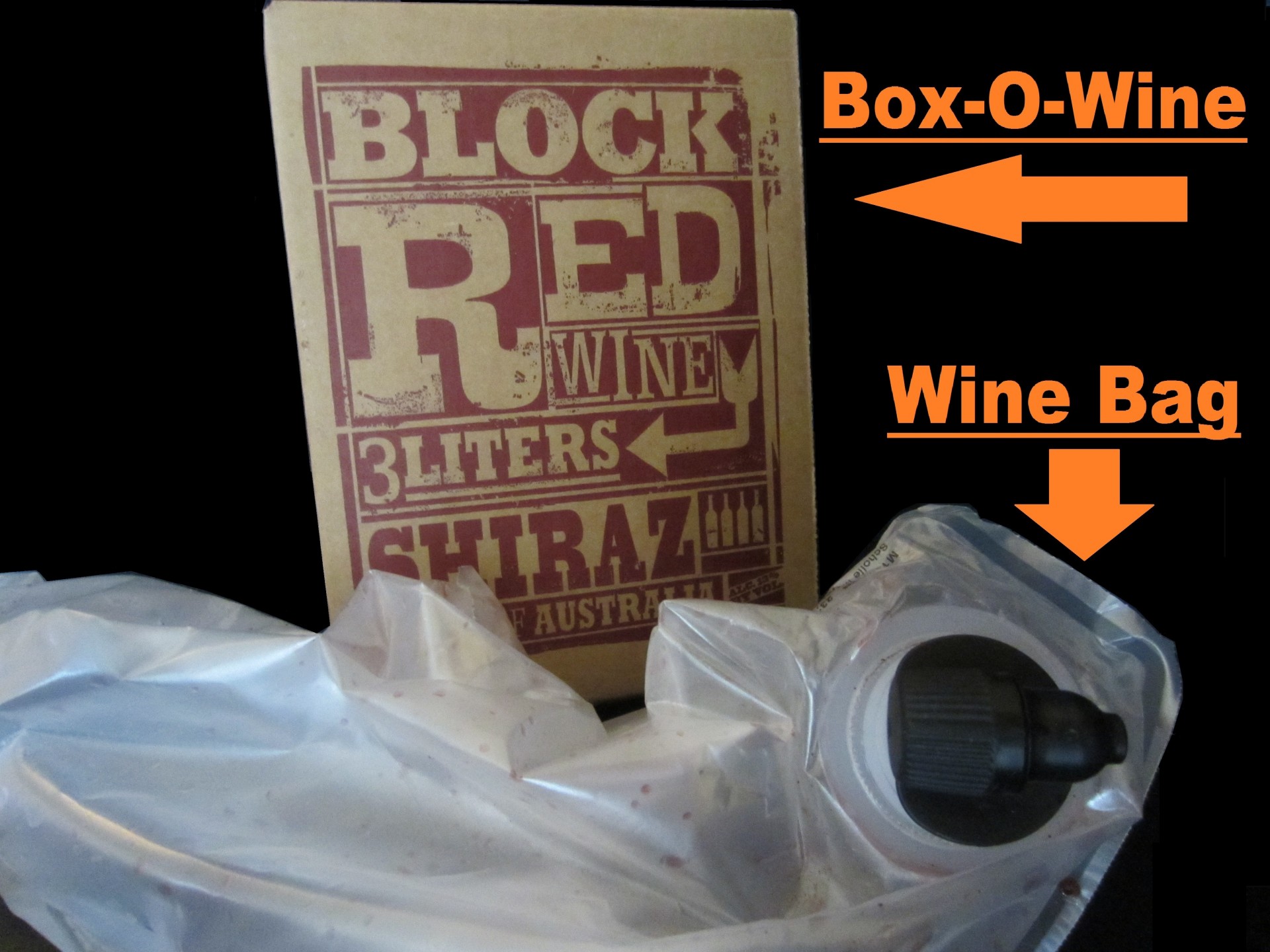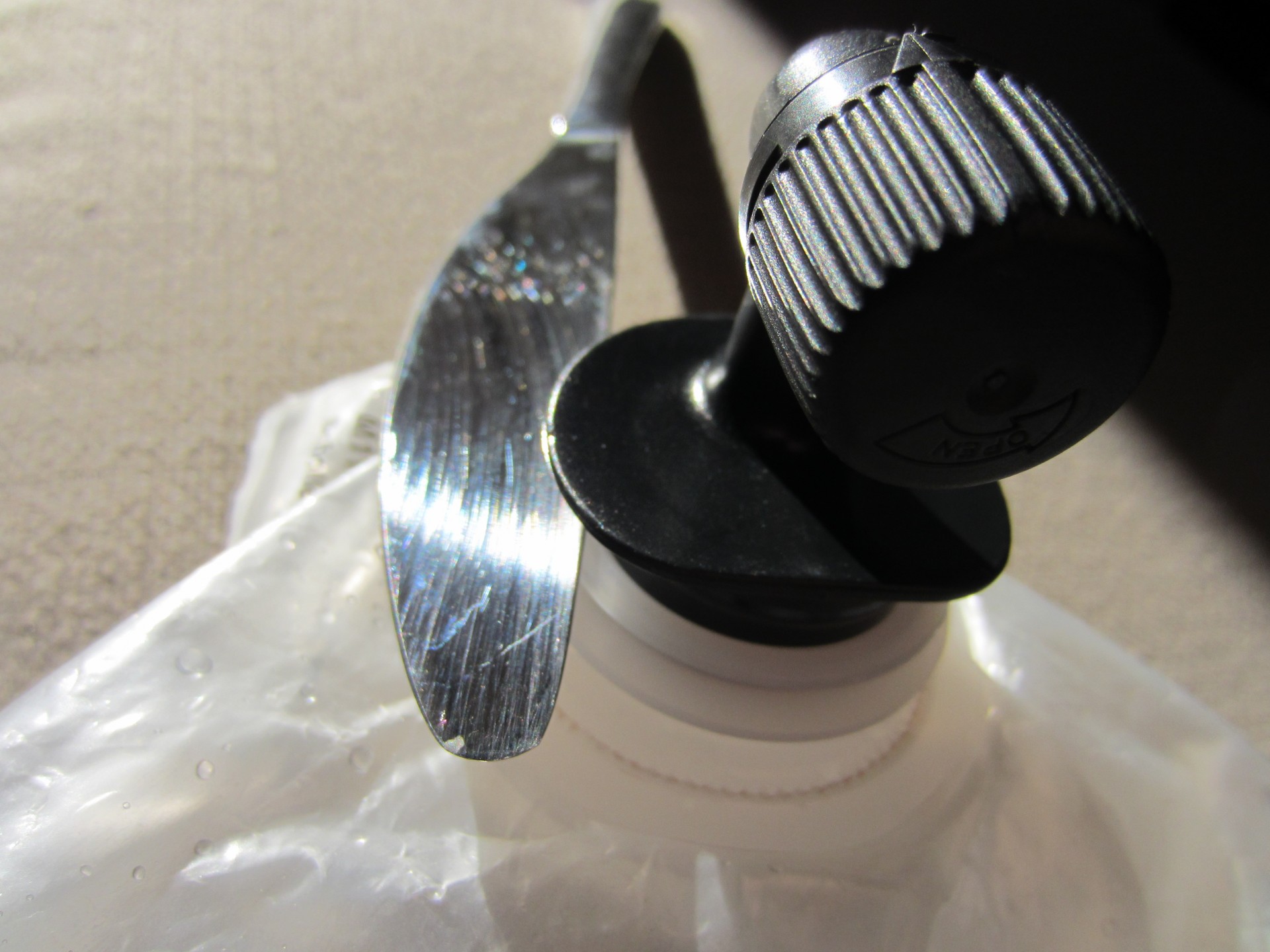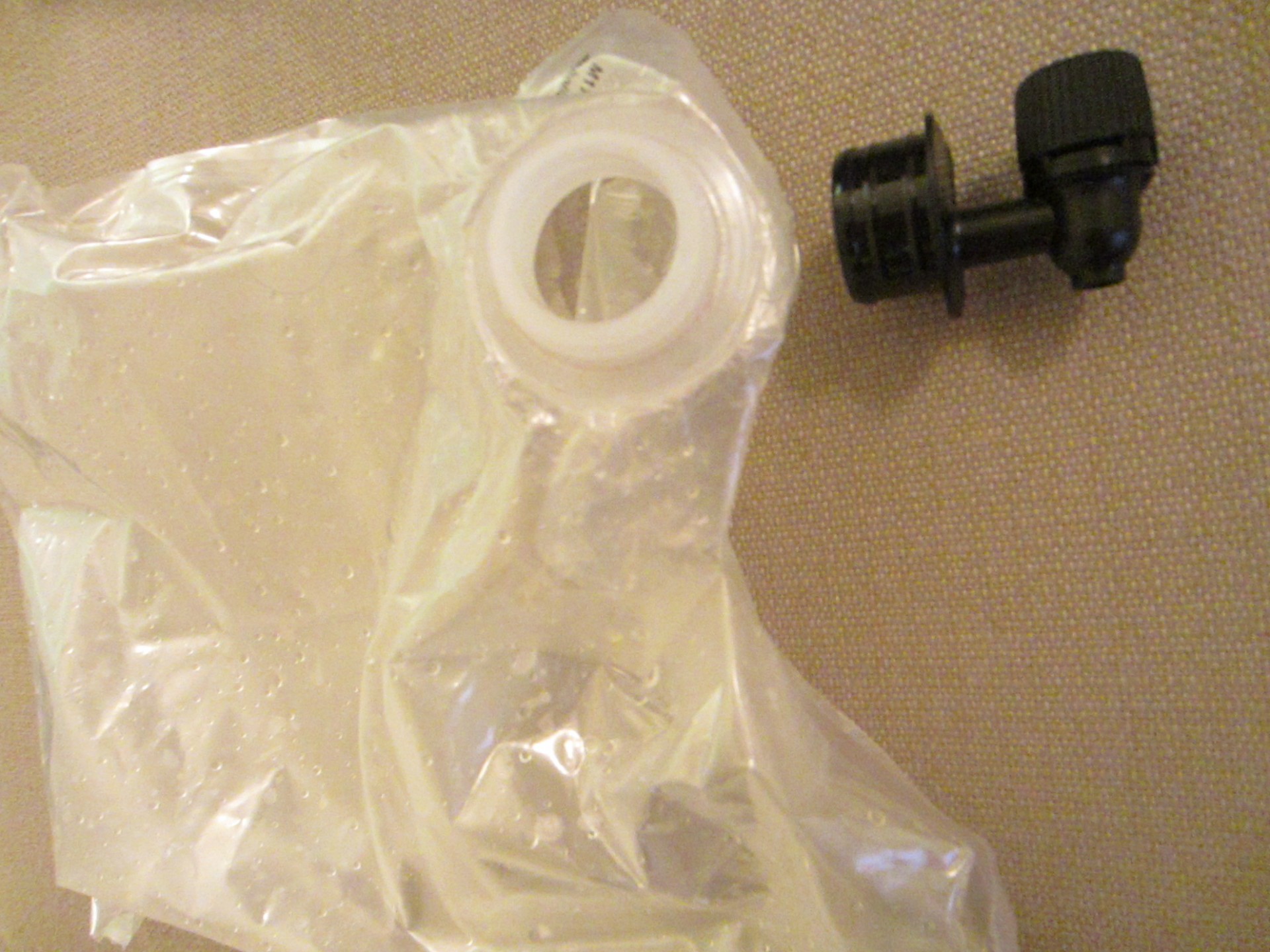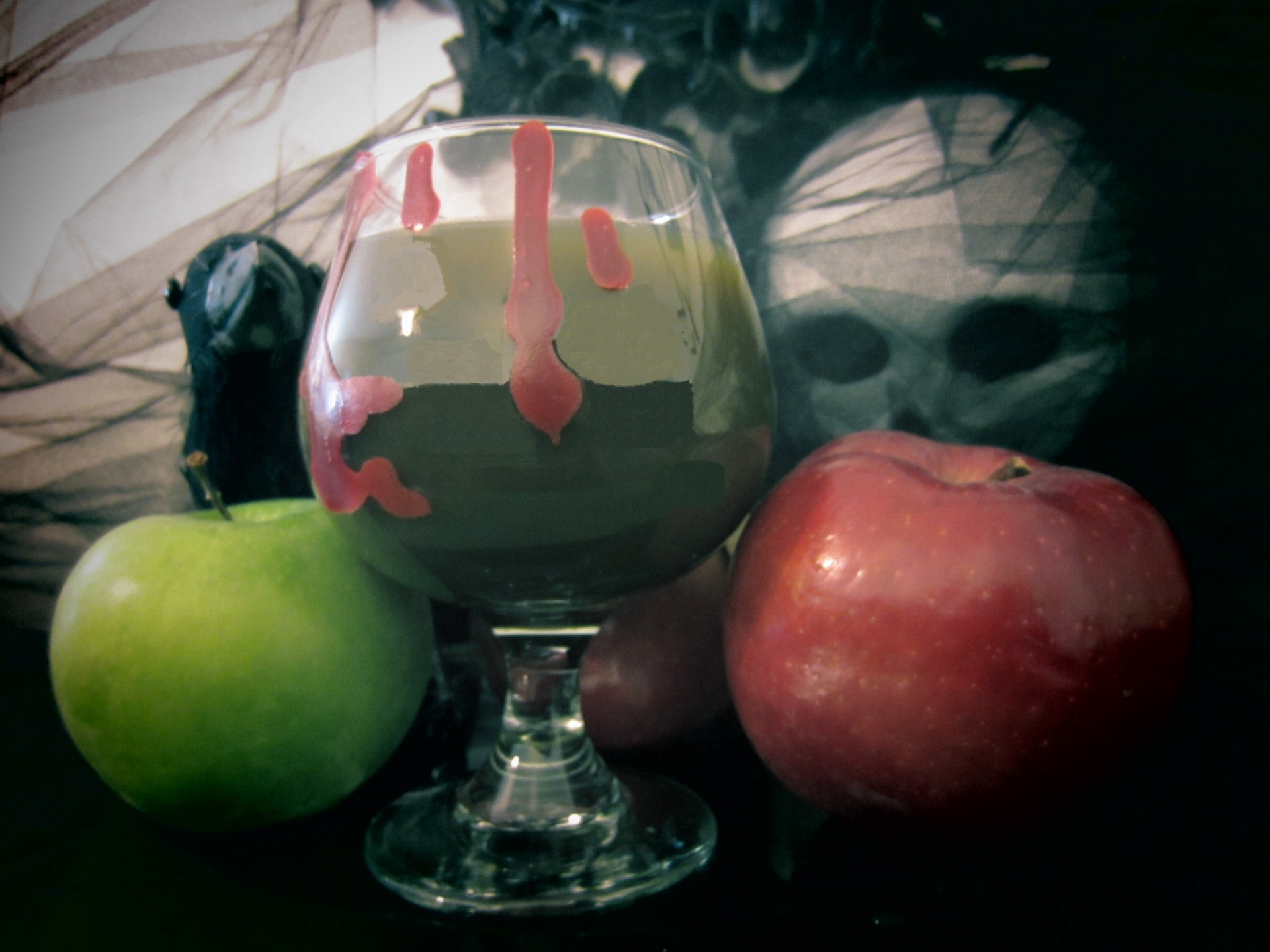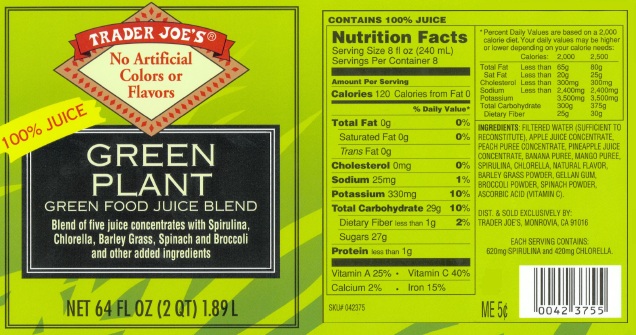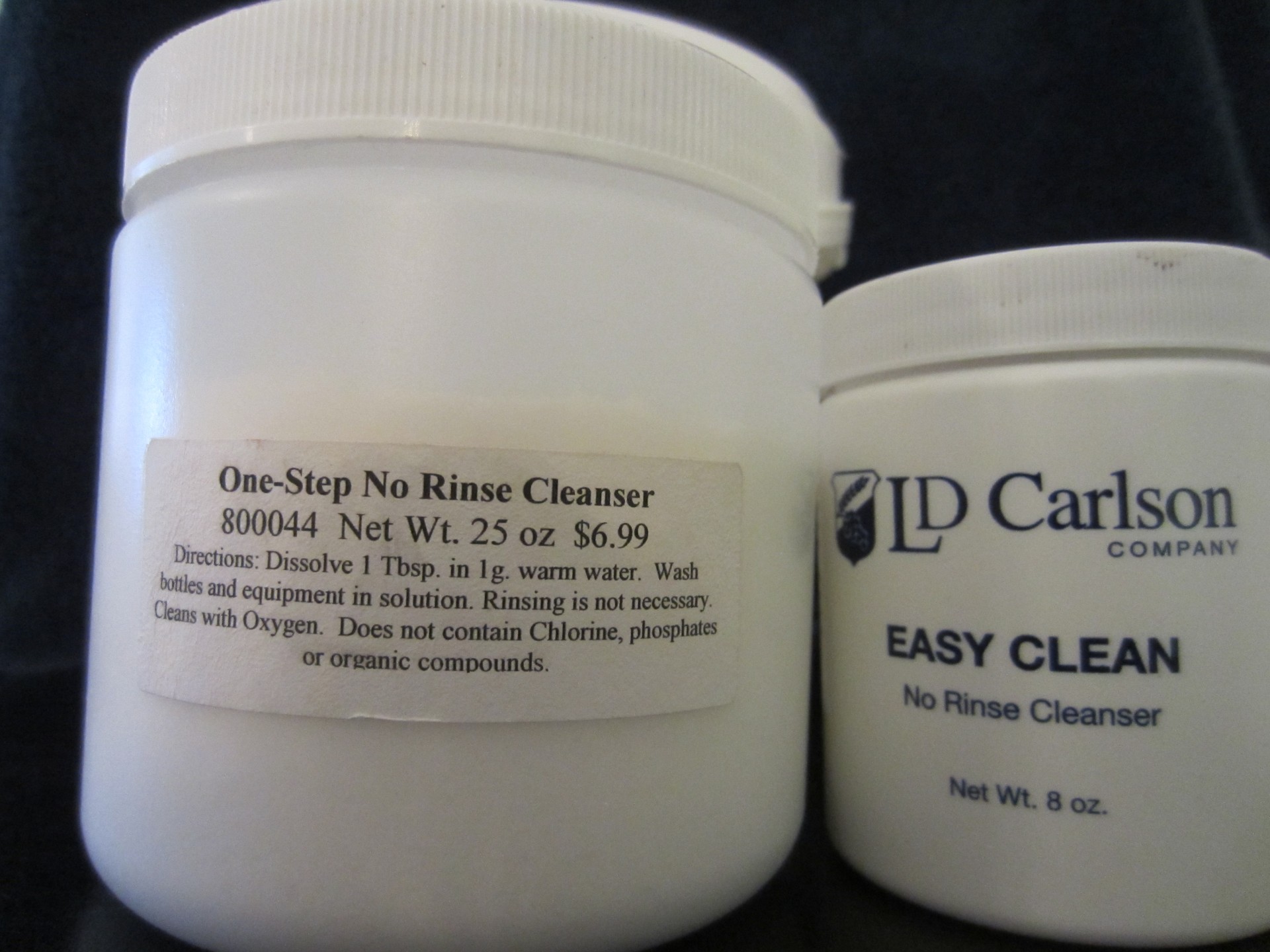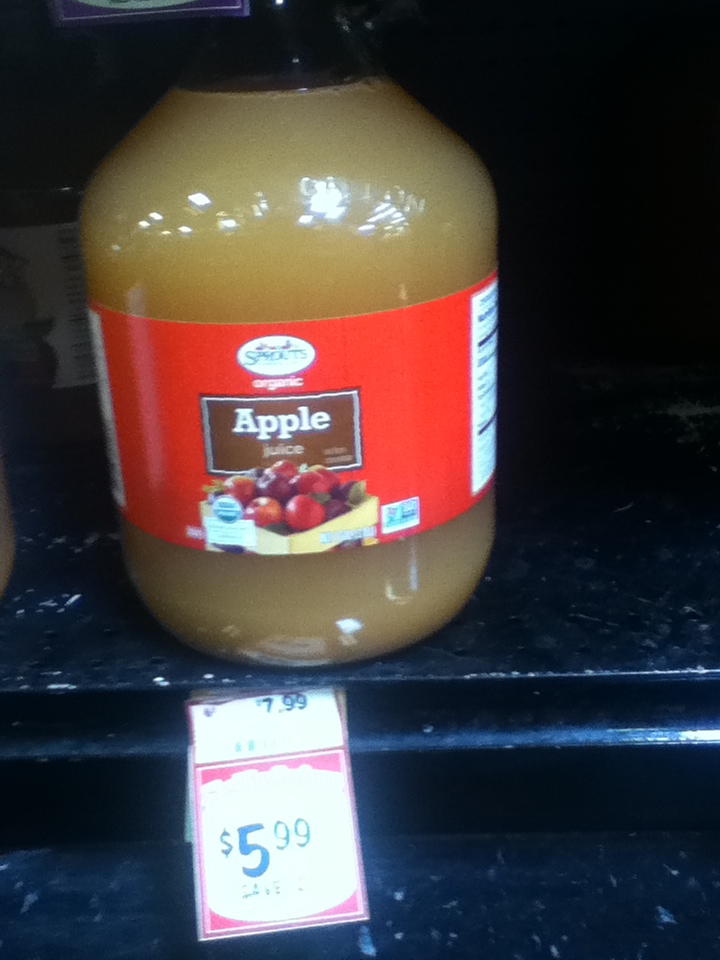Dan: Dan, you’re a self-proclaimed “beer blogger”. In your opinion, what makes a good blog— beer or otherwise?
Dan: Thank you for asking that personally frustrating and almost certainly alienating question. It reminds me of that quasi self-deprecating scene from Showtime’s Californication (a.k.a. Sex and the City for men), where David Duchovny’s character, Hank Moody, the drinking, womanizing, troubled novelist suffering from writer’s block, is being interviewed by a radio show host played by the great Henry Rollins when the topic of blogging pops up.
Seeing as how you are me, you probably remember it too.
Dan: Yeah, that’s where I got the idea to interview you/us about blogging in the first place, but in the interest of not leaning on the fourth wall too much, refresh my memory.
Radio Show Host: What’s your latest obsession?
Hank Moody: Just the fact that people seem to be getting dumber and dumber. You know, I mean we have all this amazing technology and yet computers have turned into basically four figure wank machines. The internet was supposed to set us free, democratize us, but all it’s really given us is Howard Dean’s aborted candidacy and 24 hour a day access to kiddie porn. People… they don’t write anymore, they blog. Instead of talking, they text, no punctuation, no grammar: LOL this and LMFAO that. You know, it just seems to me it’s just a bunch of stupid people pseudo-communicating with a bunch of other stupid people in a proto-language that resembles more what cavemen used to speak than the King’s English.
Radio Show Host: Yet you’re part of the problem, I mean you’re out there blogging with the best of them.
Hank Moody: Hence my self-loathing.
Dan: So, are you saying that’s how you feel about blogging and the culture in general?
Dan: Maybe. But to dodge that question in a subtly blatant way, I should tell you that when I first started, I really didn’t know what “blogging” was.
Dan: What do you mean?
Dan: Well, I was doing this website thing called “BeerSyndicate” where, among other things, I was writing tutorials about homebrewing topics like how to beat the stuck fermentation monster or how to polish a keg. I started getting burned out basically producing how-to manuals, and wanted to create a forum where I could talk about more op-edish, beer-related topics like why geeks are attracted to beer culture, or why we as Americans should have the right to legally drink in public in the U.S. The next week I wanted to dig into beer history and gripe about how people get their facts mixed up about the once obscure beer style gose, or how beer styles are a completely made up hodgepodge. The blog was sort of my catch-all category for anything that wasn’t strictly a tutorial, although I’d throw in a trendy how-to here and there like how to make a pumpkin keg for Halloween or Thanksgiving just to stay topical and bloggy.
About six months into “blogging”, someone told me that a blog was like a person’s online diary and you’re supposed to fill space with pictures of stuff. I felt a little stupid because that’s not really what I was doing. Then I was told that I write too much; which is not to say that my writing was filled with superfluous fluff or dime-a-dozen opinions, just that blogs are usually short— like a paragraph or less. I kept getting reminded that the average person has an 8-second attention span, so nobody’s going to read more than a sentence if they’re actually reading anything at all.
Sorry LeVar Burton, but if a 15-second Instagram video is pushing the upper boundaries of our attention, what hope is there of finding gold at the end of the Reading Rainbow?
Dan: If what you’re saying about short attention spans is true, it means most people stopped reading about halfway through your first sentence and won’t be around to see how you’re about to make like a billion enemies, correct?
Dan: That’s the plan.
Dan: So I take it you changed your blogging format to conform to the norm?
Dan: I tried. I tried to compromise at least. I thought maybe I could limit my posts to about a page, add some pictures, videos, interviews, interactive crap, maybe write up some top-ten style pieces. I just couldn’t bring myself to schlock together some witty, two-sentence brain fart about something shiny that caught my eye in the beer universe, or self-righteously bestow some brilliant beer truth on par with what you’d find inside a fortune cookie just to pander to the lowest common denominator (LCD) or fit some pre-determined format of what a blog is “supposed” to be.
Dan: You realize most people in entertainment make a career out of pandering to the LCDs, don’t you?
Dan: Yes. But that’s not me. And from my experience, most people in the craft beer and homebrew scene don’t fall into the LCD camp either. Anne Frankly, I don’t really see that happening in the beer blogging world much either. These are the people who you’d probably find lined up to hear Noam Chomsky speak long before you’d ever see them rocking out to the Dora the Explorer of rap, Pitbull. “Don’t stop the party! No pare la fiesta!“
Dan: By the way, do you like how I set you up to pay a self-serving, contrived compliment to your supposed audience?
Dan: By the way, do you like having me answer your questions so that I provide content for your so-called blog instead of you doing the hard work of coming up with original thoughts of your own?
Dan: Point taken. I noticed you kind of did a little space-filling/thought outsourcing yourself with that long quote you copied and pasted from Californication earlier.
Dan: I was being ironical.
Dan: Very clever. Getting back to what makes a good beer blog. Enlighten me.
Dan: Well, you have to have at least one of two things, but preferably both: new, interesting information about anything beer, and/or an interesting perspective. That’s the secret formula to infotainment.
Also, two clichés come to mind: “content is king”, and “quality over quantity”. As a blogger, you have to ask yourself what type of content you want to create: original content or meta-content (commentary about original content). This is often the difference between someone who’s a writer and someone who’s a critic, although sometimes you’re both. That said, if you’re not personally adding something meaningful and moving the beer conversation forward at least a little bit, you should stick to tweets, facebook, or Untappd posts. Even Jack Dorsey, co-creator of Twitter, explained tweets as “a short burst of inconsequential information.” As a writer, you’re supposed to be doing something more than conveying inconsequential information. You’re supposed to challenge the status quo, present original content, and inspire people to be critical.
Or not. Maybe you stop fighting the losing battle and go the other route, sell out, and live by the law of “tl;dnr” (too long; did not read) and D.I.D. (Dumb It Down). Contributing to the delinquency of minors is small-time. Contributing to the delinquency of everyone? … Now we’re talking! Forget microblogs. Even nanoblogging is pushing the attention span envelope. Consider limiting your posts to either one word, an abbreviation, or simply an emoticon. But remember, video is the new preferred medium, so start making video clips (the shorter the better), dump blogging, and become a vlogger. Learn some basic editing in Windows Movie Maker if you’re a PC, or start with iMovie on Mac, then work your way up to FCPX (Final Cut Pro X). Don’t be scurred, all of this editing software is relatively idiot-proof. While you’re at it, don’t forget to vote “YES” on Prop 22 so that we can finally replace all English teachers with digital arts instructors!
Cast the widest net possible and pander, pander, pander to the LCDs. Still not happy with your Google Analytics stats? You’re clearly not lowbrow enough. But you don’t have to take my word for it. Remember what Jay Z said in his “Moment of Clarity”, and I quote, “I dumb down for my audience, and double my dollars”. Case in point: not only is Mr. Z saying this in a song directly to his fans (implying that they’re dumb), but the album where he said it, The Black Album, was his top selling recording of the 2000s! Even the statistics point to Hova’s success at dumbing it down and pandering to those wading in the shallow end of the intelligence pool, at least according to the Musicthatmakesyoudumb infographic.
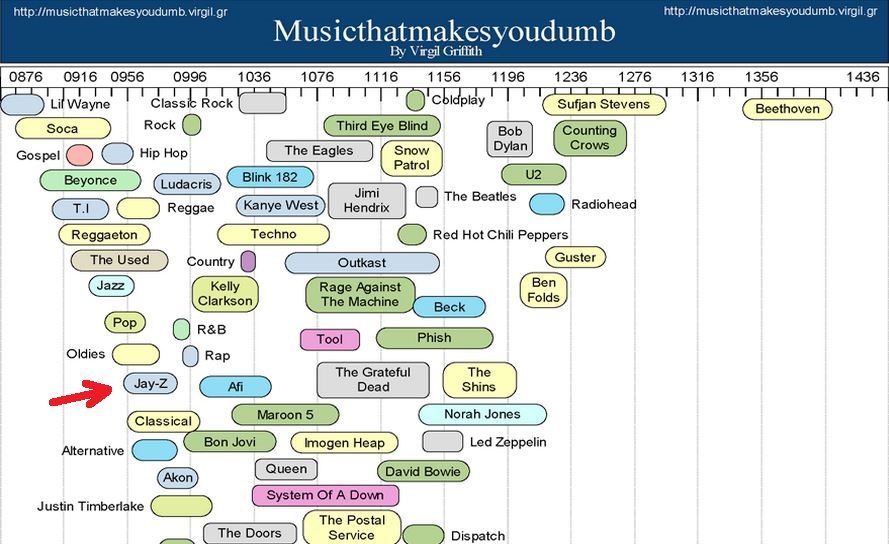
The “Musicthatmakesyoudumb” infographic plots people’s favorite musicians with respect to their SAT scores.
But hey, the guy has sit-downs with Warren Buffett and a net worth of $550 million, so there’s obviously something to it. Jay Z may be dumbing it down with the best of them, but he’s clearly no dummy when it comes to business. And you have to admit, it takes some balls to risk alienating your audience by telling them the truth about what you’re doing and why.
Contrast this with the “business/marketing blog”. While some are straight forward about using the idea of a blog as a vehicle for promoting their own products for commercial gain, others try to pretend something more benign is going on, but are often little more than an advertisement in blog’s clothing (fake blogs). Simply put, it’s exceptionally difficult to be impartial in your message if your ultimate objective is to maximize profit, but it can be done if you’re willing to take some risks.
Dan: Speaking of the way you answered that last question, some people have called you, and excuse my language, an “asshole”. What do you make of that?
Dan: I’m flattered. Some of the best writers have been described as a-holes, not that I count myself in either category, but these are the writers making interesting points, waking people up from their dogmatic slumbers, and sometimes throwing in some humor as a further sign of intelligence. There’s a fine line between striking a cord and a nerve. Great writers do both.
When it comes to humor, including satire, it’s supposed to be provocative, shake you up, and make you think. Humor often acts as a mirror, one that many of us would prefer not to gaze into too deeply. For example, most of us laugh when a comedian is making fun of someone who we think is being dumb. We’re all in on the joke. I picture Nelson from The Simpsons pointing and laughing his patented “Haw Haw”. However, when a comedian makes a joke about something that hits too close to home and challenges someone’s personal beliefs, some people take offense instead of taking a step back and self-evaluating. That being the case, I probably wouldn’t have survived very long in Nazi Germany for at least a couple reasons.
Not to mix suggestive allusions, but who would want to bear the cross of being a writer with standards nowadays?
Dan: If you think Twitter and Facebook is for lower quality content, why do you post your material on it?
Dan: Don’t hate the playa; hate the game. Look, I’m not saying you can’t find quality content on Facebook and the like, but that’s not really what those sites are designed for. Facebook is for making other people feel bad by pretending your life is better than what it really is, posting selfies, stalking, giving your personal information away for free, and inflating your ego with myriads of pseudo-friends who glad-hand every one of your self-indulgent look-at-me/look-at-my-kids posts in the hopes of reciprocation, all while Facebook turns a quick buck from advertising off of your user-generated content, which they, ehem, technically own.
Dan: I take it you don’t have many friends on Facebook?
Dan: Correct.
Dan: What do you think about reddit?
Dan: I like it as a social media site to share and interact with a community of sorts. There’s more of an element of anonymity, which can be good and bad. I compare it to leaving the Shire of Facebook and venturing off into the rest of Middle Earth where you’re bound to run into a variety of characters, including the occasional troll.
The truth is, I kid. Facebook & company are also about sharing quality content and getting the word out. I said I wouldn’t join the social media scene until I had something worthy to shamelessly promote. I do. Beer.
Dan: And promoting yourself while you’re at it, right?
Dan: I am but a mere vessel, my friend.
Dan: A vessel that’s usually filled with beer?
Dan: Also correct.
Dan: So far, you’ve potentially insulted 1.23 billion facebookers, 232 million tweeters, 248 million bloggers, 500,000+ Untappd users, sufferers of ADHD, Jay-Z and Pitbull fans, and Nazis. Anyone else you care to take a cheap potshot at in hopes of further alienating yourself?
Dan: Don’t get me started on baby seals and so-called “poor orphans”.
Dan: I’m confused. Are you saying you’re a blogger or not?
Dan: While I call myself a beer and drinking blogger, that’s almost certainly a misnomer, and I’ve probably shot myself in the literary foot by misappropriating the term. Rightfully so, blogging often has this “highly disposable”, basically “cheap” connotation associated with it. I’m sorry, but if you’re blogging multiple times a day or week with little to no time to revise and edit, can you really be saying anything that profound? Probably not. A lot of serial bloggers get disillusioned when they realize this.
For an increasingly voyeuristic society, I can understand the allure of reading someone’s online diary, if that’s what blogging is supposed to be. Let’s face it though, most people’s average day-to-day simply isn’t that interesting. But that’s not really what I do. I write blarticles. This “interview” is as close to introspective self-analysis for public spectacle as I get.
Dan: This might be a sort of douchey question, but are you interviewing yourself to make yourself seem important? Couldn’t find anyone better to interview you?
Dan: Those were technically two douchey questions. Not to mention, this was your idea in the first place. But if you think about it, the idea of writing an “online diary” is a bit disingenuous, or at best a contradiction in terms. Besides, writing a diary is for twelve-year-old girls to sulk about how their parents were mean to them, or what boy they have a crush on, which can all then later be parlayed into a pants-dropping, 15 minutes of shame at a Mortified event. Now journaling, that’s for adults.
But I think your questions are missing the point: this whole manufactured, phoney baloney interview is just a meta-tastic satire of blogging in the form of a blog in an attempt to break on through the fifth wall.
Dan: Touché. So what do you do when you run out of interesting beer stuff to write about?
Dan: Interviews.
L’chaim!
Like my career-ending blarticle? Well, thanks- you’re far too kind.
Care to Tweet it around to ensure my downfall? Tweet
Want to read more beer inspired thoughts? Come back any time, friend us on Facebook, or follow us on Twitter:
Or feel free to send your hate mail to: dan@beersyndicate.com
Hi, I’m Dan: Beer Editor for Beer Syndicate, Beer and Drinking Blogger, Gold Medal-Winning Homebrewer, Beer Reviewer, AHA Member, Beer Judge, Shameless Beer Promoter, and Beer Traveler. Interests? Beer.






